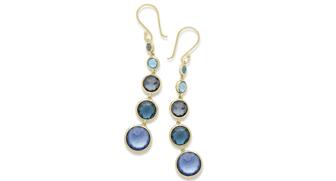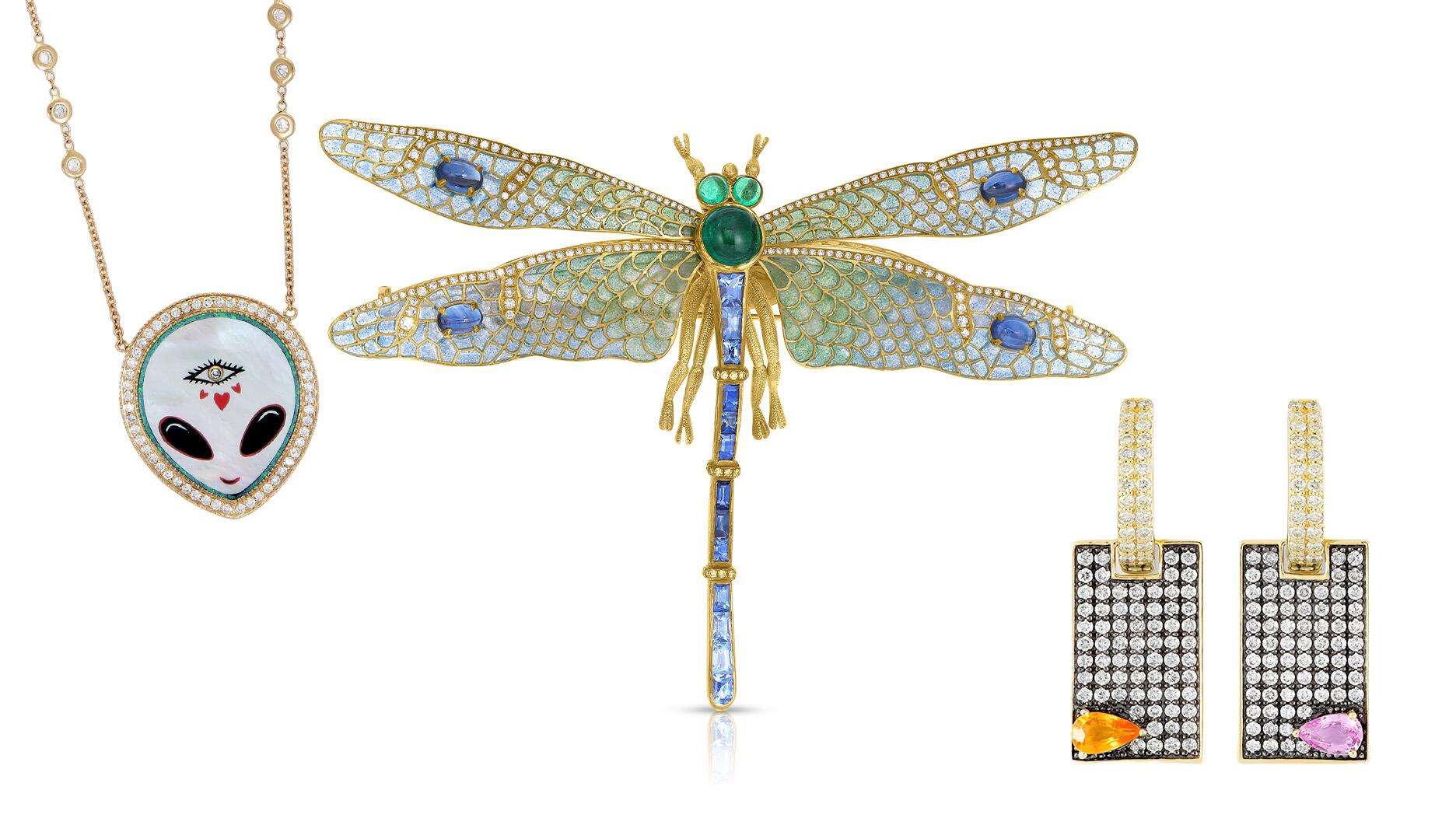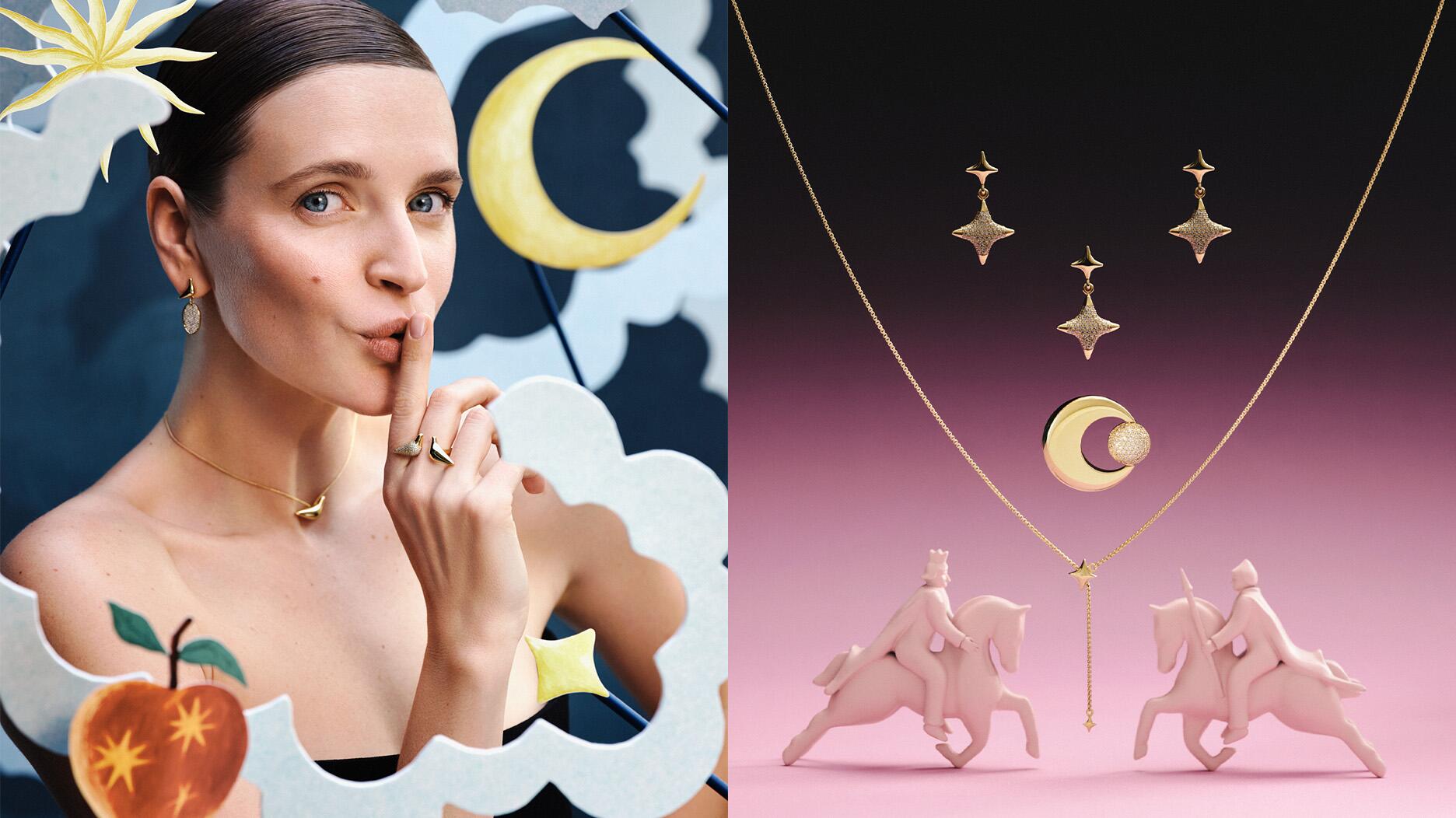The luxury goods company said founder Ippolita Rostagno will remain at the brand’s helm.
The History Behind … Cameos
Jewelers’ love affair with cameos has been recurrent since the Roman era, and a handful of contemporary designers continue to innovate the iconic jewelry style.

New York--Iconic jewelry trends have a way of resurfacing through the centuries, and the cameo is a perfect example.
Experts say that the jewelry style enjoyed the greatest popularity during the Roman era, the Renaissance and the 19th century.
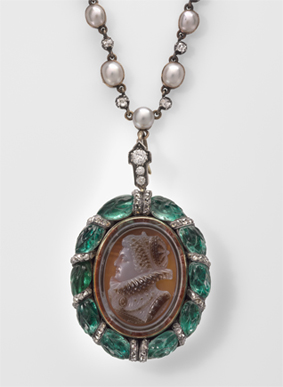
“The cameo, perhaps more than any other form of jewel, has been appreciated as a work of art and an object of virtue since ancient times through to the Renaissance era and the Neo-classical period,” said Michele Rowan, owner of antique store Rowan & Rowan and author of “Nineteenth Century Cameos.”
Today, a handful of designers make the classic style their own, whether as the signature of their brand, like Amedeo Scognamiglio, or as one element of their oeuvre, like Jacquie Aiche, Wilfredo Rosado, Lydia Courteille and Laura Lee.
National Jeweler spoke with Scognamiglio, Rowan, and Emily Stoehrer, the Rita J. Kaplan and Susan B. Kaplan Curator of Jewelry at the Museum of Fine Arts, Boston, on the cameo’s continued reemergence through the ages.
When did cameos first appear in history?
“You really see them in the Roman period,” said Stoehrer. “Then there’s a revival of them in the Renaissance period when there’s this renewed interest in classical art and then you see them go in and out of fashion in the 19th and 20th century.”
According to Stoehrer, cameos passed down through generations were sometimes repurposed, leaving the cameo itself intact but updating the setting for modernity.
This practice is still employed by designers like Aiche, who uses either vintage cameos or carved versions of her own creations, as well as Courteille.
What were they made of?
“Cameos are relief carvings, in effect miniature sculptures,” Rowan explained. “The mediums they were carved from were mainly agate or various types of shell. Gem engravers carved each stone or shell by hand to create figures or scenes, which stood proud from their background.”
“The carver exploits the different variations of color that are in the layers of shell or stone and with that they’re able to carve different motifs in low relief,” said Stoehrer.
What subjects do cameos portray?
No matter the period a cameo was created, the subject matter
“The subject matter rarely varied, most cameos--whether ancient or 17th, 18th or 19th century-- tended to depict scenes or personalities from Greek mythology. The universal appeal of tales of love, loss, deception and magic endured,” said Rowan.

“You’ll typically see allegorical themes, portraits or mythic figures like Medusa for example,” said Stoehrer.
Stoehrer noted that while mythology has been the predominant theme of cameos, some were commissioned to depict real people, a particularly good example of which can be found in bracelet-form in the Museum of Fine Arts, Boston’s permanent collection.
“The bracelet has four cameos representing the Hunt brothers,” she said. “Each one is in the likeness of one of the four brothers and it was donated to the Museum of Fine Arts by their sister.”
Who would typically buy or commission a cameo?
The MFA’s cameo collection features pieces that originated in the collections of the wealthy and influential elite, Stoehrer explained, such as one that belonged to Flemish Baroque artist Peter Paul Rubens.

Rowan explained that, later on, the owning of cameos became more democratic.
“During the 19th century, the cameo moved from the realm of the wealthy cabinet collector to a wider audience,” she said. “Increased wealth among the European middle class and increased travel meant a demand for souvenirs, especially from trips to Italy. The shell cameo industry in Italy increased in size to meet demand.”
What about the cameo’s decline after Victorian times?
In the earliest part of the 20th century, the cameo peaked.
At the time, the image of a woman wearing a choker was an extremely popular figure portrayed in cameos, so popular, said Stoehrer, that it saturated the market and fell out of favor.
As chokers became mass-produced, the quality also suffered.
“The advent of the machine-carved cameo led to a serious decline in quality,” said Rowan.
The Cameo Now
Scognamiglio’s pioneering of the ancient trend has created the cameo’s biggest contemporary success story.
Rare for a modern artist, the Italian-born designer learned to carve cameos in the ancient technique.
“My family has been making cameos since 1857, basically all branches of my paternal family have been either master carvers or cameo manufacturers, throughout two centuries,” said Scognamiglio, who nevertheless, is a self-taught carver, as his family expected his interest in cameos to be a passing fancy.
Scognamiglio started with classic themes found in Greek and Roman mythology, and mastered these before deciding to put his own stamp on the art form.
He created works depicting monkeys, skulls, elephants and crowns, combining ancient craft with rock ‘n’ roll modernity.
He explained, “I made them cool again, contemporary again. And only someone with my long heritage and family tradition, only someone from the bench like me could have done so. I decided I would revolutionize the idea of cameos.”
Scognamiglio opened a boutique in New York City in 2006, eventually expanding to also sell at other retailers. Ten years later, his business is still booming, and he’s known as “the king of cameos.”
“I thought that there was not much interest in cameos now,” said Stoehrer. “I’ve heard from different dealers that they collect dust in their show room, but I had a group in at the MFA who completely disagreed and thought that cameos were really gaining popularity right now. Maybe this is their moment.”
Scognamiglio’s works are particularly popular for their tongue-in-cheek motifs, but the designer couldn’t have created them without studying what came before.
“Evolution comes from a long way,” he said, “from research, study and classical practice.”
The Latest

Laura Burdese, who joined the Italian luxury brand in 2022, will take on the role in July.

The National Jeweler editors revisit the most noteworthy industry happenings and design trends from 2025.

How Jewelers of America’s 20 Under 40 are leading to ensure a brighter future for the jewelry industry.
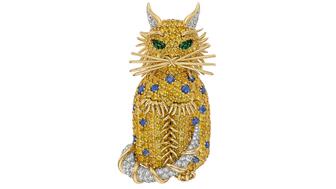
Need a gift for the cat lover who has everything? Look no further than our latest Piece of the Week.


It purchased the “Grosse Pièce,” an ultra-complicated Audemars Piguet pocket watch from the ‘20s, for a record-breaking price at Sotheby’s.

The lab-grown diamond grower now offers custom engagement and fashion jewelry through its Kira Custom Lab Jewelry service.

Roseco’s 704-page catalog showcases new lab-grown diamonds, findings, tools & more—available in print or interactive digital editions.

Chandler got his start at Michelson Jewelers and has served as DCA president and CEO since 2001. He will retire at the end of the month.

The boutique is slated to open this week inside Terminal 8, offering pre-owned Rolex watches and more to international travelers.

Sponsored by Digital Monitoring Products

The special-edition egg pendant ingested in a New Zealand jewelry store was recovered after a six-day wait.

Associate Editor Natalie Francisco plays favorites with Piece of the Week, selecting a standout piece of jewelry from each month of 2025.

The “Love and Desire” campaign is inspired by the magic that follows when one’s heart leads the way, said the brand.

Two awardees will receive free tuition for an educational course at the Swiss lab, with flights and lodging included.

Berta de Pablos-Barbier will replace Alexander Lacik at the start of January, two months earlier than expected.

Sotheby’s held its first two jewelry sales at the Breuer building last week, and they totaled nearly $44 million.

Winners will receive free registration and lodging for its fourth annual event in Detroit.

Here are six ideas for making more engaging content for Instagram Reels and TikTok, courtesy of Duvall O’Steen and Jen Cullen Williams.

The honorees include a notable jewelry brand, an industry veteran, and an independent retailer.

Carlos Jose Hernandez and Joshua Zuazo were sentenced to life without the possibility of parole in the 2024 murder of Hussein “Sam” Murray.

Yood will serve alongside Eduard Stefanescu, the sustainability manager for C.Hafner, a precious metals refiner in Germany.

The New Orleans jeweler is also hosting pop-up jewelry boutiques in New York City and Dallas.

Set in a Tiffany & Co. necklace, it sold for $4.2 million, the highest price and price per carat paid for a Paraíba tourmaline at auction.

The jeweler’s “Deep Freeze” display showcases its iconic jewelry designs frozen in a vintage icebox.

Take luxury gifting to new heights this holiday season with the jeweler’s showstopping 12-carat sphene ring.

This year's theme is “Unveiling the Depths of the Ocean.”

